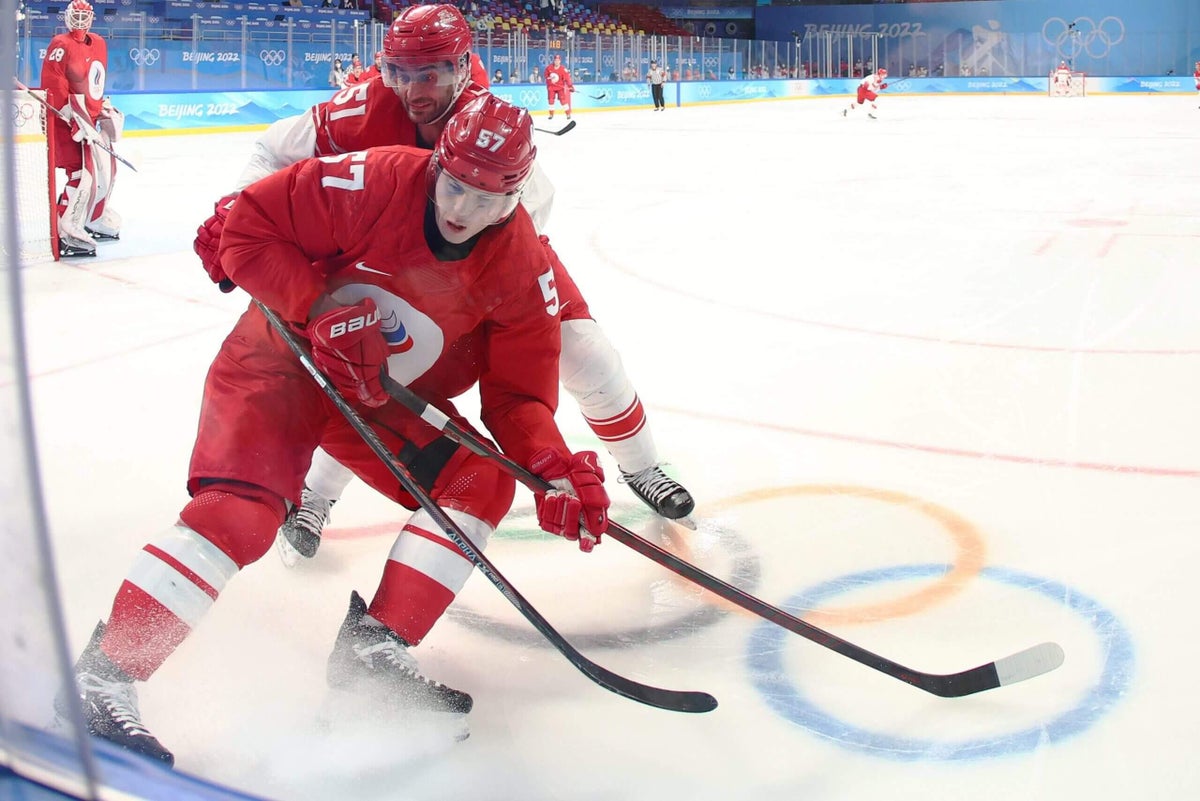

RALEIGH, N.C. — It’s probably impossible to exceed the hype of Alexander Nikishin finally coming to North America and joining the Carolina Hurricanes.
But let’s try anyway.
The Hurricanes, having signed their top prospect to a two-year entry-level contract on Friday after SKA St. Petersburg agreed to release him from the remaining months of his KHL deal, are in the process of getting Nikishin’s paperwork in order so he can come to North America and join the team.
Advertisement
The goal, according to general manager Eric Tulsky, is for Niksihin to play in one or both of Carolina’s final two regular-season games — on Wednesday and Thursday — though those games being in Montreal and Ottawa, respectively, complicates matters in the short term because he will need a Canadian visa.
But once all the details are taken care of, the fervor surrounding Nikishin’s arrival will turn to the ice. So what can be expected of Nikishin once he pulls on a Hurricanes sweater?
The first step for Nikishin, a third-round draft pick in 2020, will be earning a spot in Carolina’s lineup — and that won’t be easy.
Entering Friday night’s games, the Hurricanes’ top six of Brent Burns, Jalen Chatfield, Shayne Gostisbehere, Dmitry Orlov, Jaccob Slavin and Sean Walker have played all but 271 minutes, 44 seconds, among the Hurricanes’ defensemen, and 152:35 of that has been to given to rookie Scott Morrow as a reward for an impressive AHL rookie season. Only the Washington Capitals, at 223:19 of ice time beyond its top six, have more consistently played their usual group.
In a nutshell, coach Rod Brind’Amour is pretty comfortable with his defense.
That doesn’t mean Nikishin can’t make the decision difficult. The 23-year-old “has all the tools to be a very effective all-around defenseman,” Tulsky said during a video call with reporters Friday.
And Carolina, despite its stability on defense, could use a little bit of help.
The Hurricanes have scored at about the same clip as a team — 3.20 goals per game in 2022-23, 3.38 last year and 3.22 this season — this season as the previous two, but its defense has taken a step back in point production.
Collectively, Carolina’s defense has 38 goals and 163 points with four games remaining in the season entering Saturday. Last year, the defense totaled 49 goals and 199 points, and in 2022-23, it had 59 goals and 195 points.
Advertisement
That also extends to the power play, where the Hurricanes have five goals from two defensemen, Gostisbehere (four) and Ty Smith (one). That’s down from seven last season and 11 the year before.
Nikishin can certainly add offense.
In the last three KHL seasons, Nikishin has been first among defensemen in goals, with 45, including 11 on the power play. His 112 assists are also tops among blueliners and tied for third among all skaters. His 157 points lead defensemen and are seventh best in the league.
Nikishin is also a workhorse, ranking fourth in KHL ice time this year after leading the league the previous two seasons. He also played 1:51 per game short-handed, down from the 2:24 and 2:32 he averaged the last two years. He won’t be relied on to play that much right now in Carolina, but the fact he can log significant minutes in all situations is nothing but a plus.
He also brings a physical element often lacking on Carolina’s defense. His 101 hits this year ranked eighth among KHL blueliners, but that doesn’t illustrate how, as Tulsky put it, “ferocious” Nikishin can be — particularly in open ice.
Still, the biggest question is where Nikishin, a left-handed shot, fits in if everyone is healthy on the Hurricanes’ back end. On the left side, where Nikishin is likely to slot, Slavin is locked in as Carolina’s No. 1 defenseman.
Gostisbehere runs the top power play, which has been at its best when he’s clicking, but he has been mostly a non-factor at even strength — he’s last at five-on-five among the Hurricanes’ top six defensemen in goals, scoring chances, shot attempts and individual expected goals. His 10 assists are tied with Chatfield and Walker for the fewest.
Orlov hit a lull in the middle of the season but has played better since returning from injury. His physicality and playoff experience will be valuable, but he’ll need to minimize mistakes — he is tied with Burns for the most even-strength giveaways on the team. The Hurricanes also need him to rediscover his point production. After totaling 24 points in 52 games in the first four months of the season, he has two goals and no assists in 20 games since the start of January.
Advertisement
Brind’Amour could also play someone on their off side and scratch a right-handed defenseman. Burns is unlikely to come out of the lineup given the number of minutes he plays alongside Slavin, his experience and his drive to win the elusive Stanley Cup. Still, Burns will likely finish this season with half the number of points he had two years ago and is poised for his fewest goals since 2009-10. There’s always been risk in his game, but now that risk doesn’t come with as much reward. At age 40, the rigors of the playoffs could also further slow him down.
Chatfield has taken on bigger minutes and more penalty-kill time this season and not skipped a beat. His speed helps erase mistakes, and he’s been arguably Carolina’s second-most-consistent defender this year. He was steady in each of the last two postseasons, and after totaling 14 penalty minutes two seasons ago in 15 playoff games, all 12 of his penalty minutes in 11 games last year came courtesy of a final-minute dust-up in Game 2 against the Islanders that saw nine players receive misconducts.
Walker provides a snarl that is otherwise missing from the lineup, despite being 5-foot-11 and 191 pounds, and that could pay dividends when the intensity ramps up in the postseason. And while his stats don’t jump off the page (five goals, 15 points), he has outproduced Gostisbehere (13 points) at five-on-five and leads all Hurricanes defensemen in individual expected goals in that setting. Only Slavin (11) has more high-danger chances at five-on-five than Walker’s nine, and he’s also second (again to Slavin) in blocked shots at even strength.
While there are roadblocks to Nikishin immediately jumping into the Hurricanes’ lineup if all the defense is healthy, he should be in a top-four role next season. With both Burns and Orlov in the final year of their contracts, Nikishin will surely play big minutes in 2025-26 and beyond.
And when he does, he has the potential to be a Chris Pronger-like force: a factor in all three zones and someone who opponents will be aware of every time he’s on the ice.
But don’t be surprised if his delayed arrival in North America is followed by an earlier-than-expected impact as soon as the coming weeks.
(Photo of Alexander Nikishin at the 2022 Olympics: Elsa / Getty Images)
This news was originally published on this post .






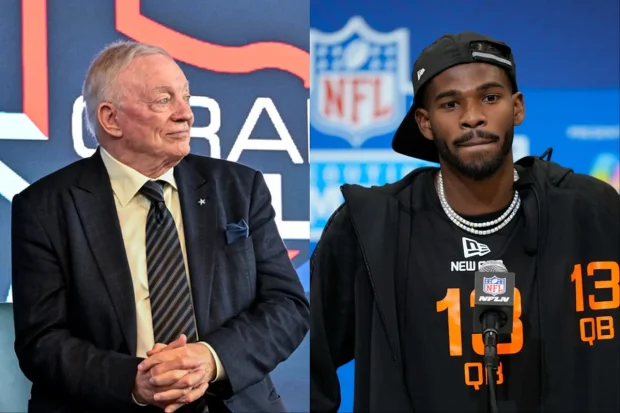
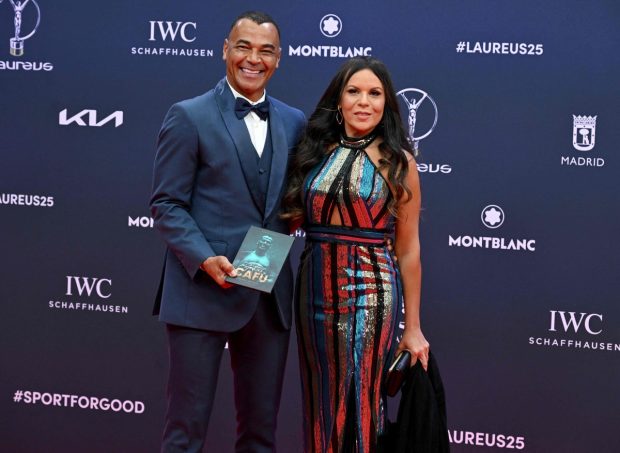
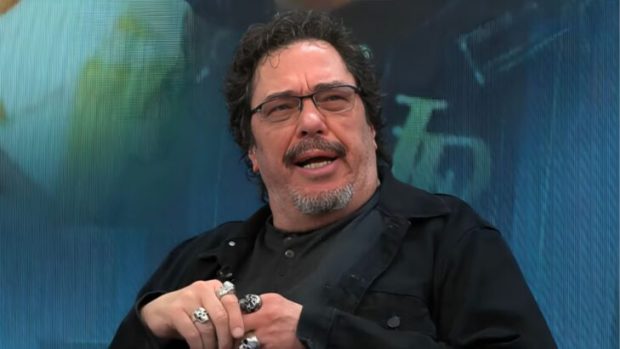

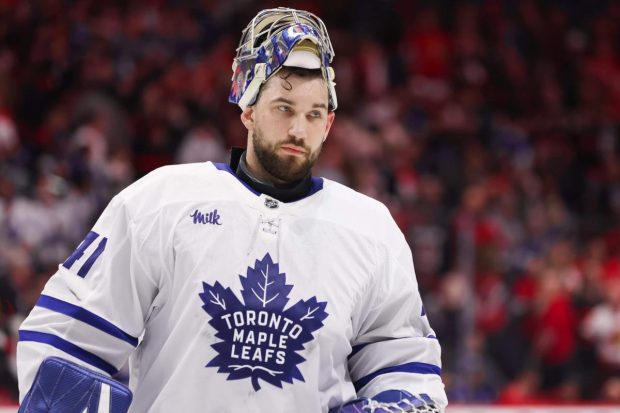
Be the first to leave a comment